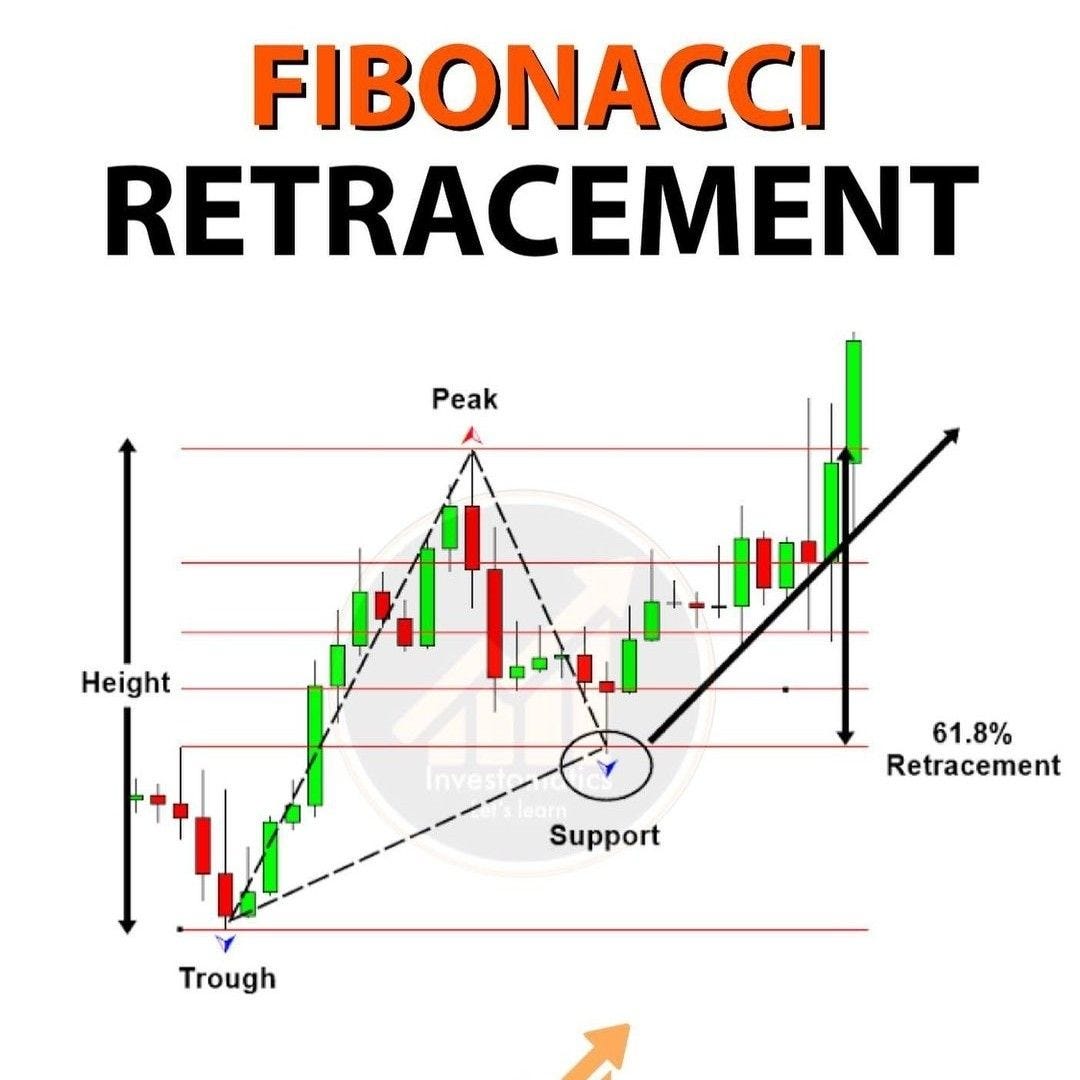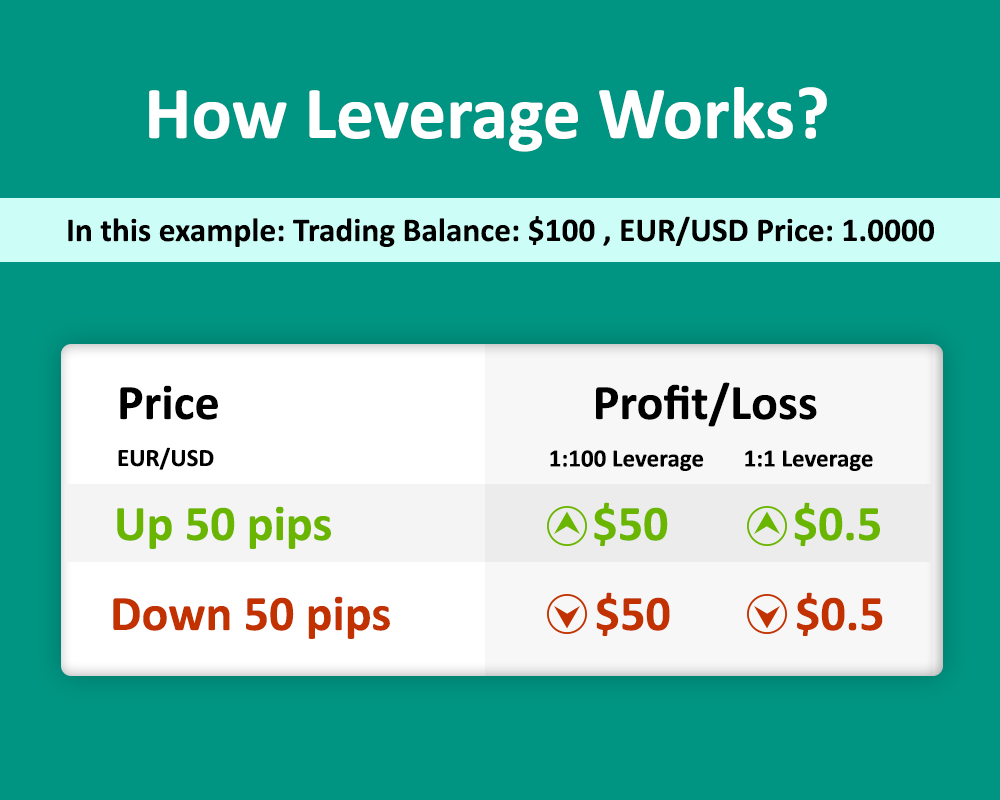How to Start Forex Trading as a Beginner: A Complete Guide
Forex trading, also known as foreign exchange trading or currency trading, is the process of buying and selling currencies with the goal of making a profit. It’s one of the largest and most liquid financial markets in the world, with a daily trading volume exceeding $6 trillion. While Forex offers vast opportunities, it also presents significant risks. For beginners, it’s crucial to learn the fundamentals, develop a solid strategy, and practice sound risk management.
In this comprehensive guide, we will take you step-by-step through the process of starting Forex trading as a beginner, from understanding the basics to developing a trading strategy.
1. Understanding the Basics of Forex Trading
A. What is Forex?
Forex refers to the global marketplace for buying and selling currencies. The currency pairs in Forex trading are listed in pairs, such as EUR/USD (Euro/US Dollar), GBP/JPY (British Pound/Japanese Yen), and so on. When you trade these pairs, you’re betting on the value of one currency relative to the other.
B. Currency Pairs
There are three types of currency pairs:
- Major Pairs: These pairs involve the US dollar and the most traded currencies, such as EUR/USD, GBP/USD, and USD/JPY.
- Minor Pairs: These are currency pairs that do not include the US dollar, like EUR/GBP, EUR/AUD, and GBP/JPY.
- Exotic Pairs: These are pairs involving one major currency and one currency from an emerging market, like USD/TRY (US Dollar/Turkish Lira) or EUR/ZAR (Euro/South African Rand).
C. Forex Market Hours
The Forex market operates 24 hours a day, five days a week, which means there’s always an opportunity to trade. The market is divided into major trading sessions:
- Asian Session (Tokyo)
- European Session (London)
- US Session (New York)
Understanding these sessions helps traders to trade at the right times when volatility and opportunities are higher.
2. Choosing the Right Broker
A. Selecting a Forex Broker
One of the first steps in starting Forex trading is choosing a reputable broker. A good broker provides access to trading platforms, competitive spreads, and excellent customer service.
Factors to Consider When Choosing a Broker:
- Regulation: Ensure that the broker is regulated by a reputable financial authority, such as the FCA (UK), SEC (USA), or ASIC (Australia).
- Account Types: Check the different types of accounts the broker offers and choose one that suits your trading style.
- Leverage: Leverage allows you to control a larger position with a smaller deposit. However, it also amplifies risk, so choose leverage wisely.
- Fees and Spreads: Understand the broker’s fees, commissions, and spread (the difference between the buy and sell price).
- Customer Support: A broker with a responsive customer support team is essential, especially for beginners.
B. Opening a Trading Account
After choosing a broker, you need to open a trading account. This typically requires:
- Providing personal details (name, address, phone number).
- Uploading identification documents (ID card, proof of address).
- Choosing the account type (standard, mini, or demo).
3. Learning to Use Trading Platforms
A. MetaTrader 4 (MT4) and MetaTrader 5 (MT5)
MetaTrader is one of the most popular trading platforms. MT4 is widely used, but MT5 offers enhanced features such as more timeframes and additional order types. Both platforms allow you to access charts, place trades, and use technical indicators.
Key Features of Trading Platforms:
- Charting Tools: Platforms like MT4/MT5 provide real-time price charts and tools for technical analysis, including moving averages, RSI, MACD, and Fibonacci retracements.
- Order Types: Learn the different order types, such as market orders, limit orders, and stop orders, and when to use them.
- Risk Management Tools: Utilize features like stop-loss orders and take-profit orders to manage your risk effectively.
B. Demo Trading
Before diving into real money trading, practice using a demo account. This allows you to familiarize yourself with the trading platform, try out strategies, and learn market mechanics without risking real money. Most brokers offer demo accounts with virtual funds.
4. Developing a Forex Trading Strategy
A. Types of Trading Strategies
As a beginner, you need to develop a clear trading strategy that suits your personality and risk tolerance. Here are some popular strategies:
- Day Trading: Day traders open and close positions within the same day. They typically trade on short timeframes, such as 1-minute, 5-minute, or 15-minute charts.
- Swing Trading: Swing traders hold positions for several days or weeks, looking to profit from price swings.
- Scalping: Scalpers make many small trades throughout the day, aiming to capitalize on tiny price movements.
- Position Trading: Position traders hold trades for weeks, months, or even years, focusing on long-term trends.
B. Technical vs. Fundamental Analysis
To succeed in Forex trading, you’ll need to understand the two main methods of analysis:
- Technical Analysis: This approach involves analyzing price charts and using technical indicators like Moving Averages, RSI, and MACD to predict future price movements.
- Fundamental Analysis: This method looks at the economic factors that affect currency prices, such as interest rates, GDP, inflation, and geopolitical events.
C. Risk Management Strategy
One of the most important aspects of trading is managing risk. Never risk more than you can afford to lose, and always use stop-loss orders to limit potential losses. A good rule of thumb is to risk no more than 1-2% of your account balance per trade.
Risk Management Tips:
- Use Stop-Loss Orders: A stop-loss order is an automatic order to close a trade when it reaches a certain level of loss.
- Position Sizing: Determine the size of your position based on your risk tolerance and the distance between your entry and stop-loss levels.
- Risk/Reward Ratio: Aim for a favorable risk/reward ratio, such as 1:2 or 1:3, to ensure that your potential rewards outweigh the risks.
5. Start Trading with Real Money
A. Begin with Small Positions
Start trading with a small amount of money. This helps reduce the pressure and risk of losing large sums of money while you’re still learning. As you gain more experience and confidence, you can gradually increase your position size.
B. Stick to Your Plan
As a beginner, it’s crucial to follow your trading plan strictly. Avoid chasing the market or making impulsive trades based on emotions. Stick to your strategy, and learn from both your successes and failures.
6. Continuous Learning and Improvement
Forex trading is a skill that takes time to develop. Keep learning and improving by reading books, following industry blogs, and watching educational videos. Additionally, learn from your trading mistakes and continuously refine your strategy.
Resources for Continuous Learning:
- Books: “Currency Trading for Dummies” by Brian Dolan, “Trading in the Zone” by Mark Douglas.
- Online Courses: Many brokers and websites offer free and paid courses for beginners.
- Webinars and Forums: Join Forex communities like BabyPips to learn from others’ experiences and ask questions.
7. Common Mistakes to Avoid as a Beginner
As a beginner, you are more likely to make mistakes, but learning from them can help you become a better trader. Here are some common mistakes to avoid:
- Overleveraging: Using too much leverage can result in huge losses. Start with low leverage and increase it gradually as you gain experience.
- Ignoring Risk Management: Never trade without a stop-loss in place. Risk management is key to surviving in the Forex market.
- Chasing the Market: Avoid jumping into trades out of FOMO (Fear of Missing Out). Stick to your strategy and wait for the right opportunities.
- Not Keeping Emotions in Check: Emotional trading can lead to impulsive decisions. Stay calm and follow your plan.
Conclusion
Starting Forex trading as a beginner can be both exciting and challenging. By understanding the basics of Forex, choosing the right broker, learning to use trading platforms, and developing a solid strategy, you can lay the foundation for a successful trading career. Most importantly, practice patience, discipline, and risk management. With time and experience, you’ll gain the skills needed to make informed decisions and increase your chances of success in the Forex market.




